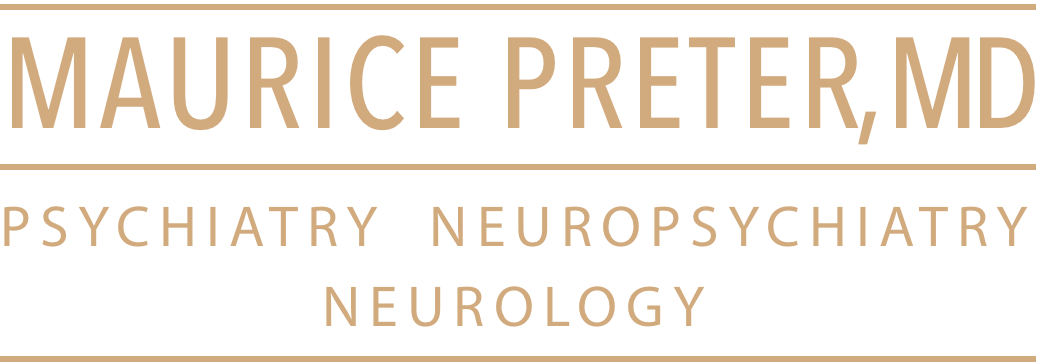Psychiatrists specializing in trauma can employ psychodynamic approaches alongside other therapeutic modalities to help individuals process traumatic experiences and manage PTSD symptoms. This comprehensive overview explores the various ways in which psychodynamic therapy can aid in trauma treatment, offering a nuanced perspective for an educated professional audience.
Exploring Unconscious Processes
Psychodynamic therapy helps patients delve into the deeper layers of their psyche, uncovering aspects of their trauma response that may not be immediately apparent. This approach focuses on:
– Identifying and exploring unconscious conflicts related to the trauma
– Recognizing hidden memories associated with the original traumatic event
– Understanding how past experiences, particularly early life events, influence current thoughts, feelings, and behaviors
– Uncovering repetitive patterns of thought and behavior that may be rooted in traumatic experiences
By bringing these unconscious elements into awareness, patients can begin to process and integrate their traumatic experiences more fully.
Utilizing the Therapeutic Relationship
The patient-therapist relationship is a cornerstone of psychodynamic therapy and serves as a crucial tool in trauma treatment. This relationship provides:
– A safe environment to renegotiate relationships and develop trust
– An opportunity to work through interpersonal difficulties that may have arisen as a result of trauma
– A vehicle for change and the internalization of a sense of safety
– A model for healthy attachment, which may have been disrupted by traumatic experiences
Through the therapeutic relationship, patients can experience corrective emotional experiences that contribute to healing and growth.
Addressing Complex PTSD
Psychodynamic approaches may be particularly beneficial for complex PTSD, a condition characterized by prolonged or repeated trauma. This approach is well-suited to address:
– Developmental issues related to early or chronic trauma
– Interpersonal difficulties that often accompany complex PTSD
– Intrapersonal challenges, including disrupted sense of self and identity
– The constellation of symptoms described as “complex” PTSD, including emotional dysregulation, interpersonal problems, and alterations in consciousness
By focusing on these deeper, more pervasive aspects of trauma, psychodynamic therapy can offer a comprehensive treatment for complex PTSD.
Integrating with Other Approaches
While psychodynamic therapy offers unique benefits, it can also be effectively integrated with other therapeutic modalities to enhance treatment outcomes:
– Combining psychodynamic elements with cognitive-behavioral therapy (CBT) has shown improved efficacy for anxiety disorders and PTSD
– Integrating psychodynamic interventions with trauma-informed practices can help practitioners better engage with trauma survivors
– Incorporating mindfulness techniques into psychodynamic therapy can enhance emotional regulation and self-awareness
This integrative approach allows for a tailored treatment plan that addresses both immediate symptoms and underlying psychological structures.
Fostering Meaning-Making and Narrative Coherence
A key aspect of psychodynamic trauma treatment is helping clients make sense of their experiences and construct a coherent narrative. This process involves:
– Helping clients confront traumatic events and recognize their meaning for their life and wellbeing
– Addressing disruptions in narrative coherence that often occur as a result of trauma
– Exploring the psychological meanings of symptoms and their relation to traumatic events
– Assisting patients in integrating traumatic memories into their overall life story
By fostering meaning-making, psychodynamic therapy can help patients move beyond symptom management to achieve a deeper sense of healing and personal growth.
Utilizing Transference and Defense Mechanisms
Psychodynamic approaches uniquely focus on the concepts of transference and defense mechanisms, which can be particularly relevant in trauma treatment:
– Using the transference relationship to address feelings of mistrust, difficulties with authority, and fears of abuse that may have resulted from trauma
– Identifying and working through defense mechanisms related to PTSD symptoms, such as dissociation, repression, or projection
– Exploring intrapsychic conflicts and intense negative affects associated with trauma
– Helping patients understand how their past experiences influence their current relationships, including the therapeutic relationship
By addressing these deep-seated patterns, psychodynamic therapy can facilitate lasting change in how patients relate to themselves and others.
Promoting Long-Term Healing
While some approaches to PTSD treatment focus primarily on symptom reduction, psychodynamic therapy aims for more comprehensive, long-term healing:
– Offering a long-term, relationship-based approach to healing from acute or chronic trauma
– Helping patients develop awareness of their interpersonal patterns and make important changes in their functioning
– Focusing on attaining meaning in relation to both the original trauma and associated behaviors, cognitions, and affect
– Addressing underlying personality structures that may have been shaped by traumatic experiences
This long-term perspective can lead to more profound and lasting changes, potentially reducing the risk of symptom recurrence.
Considerations and Limitations
While psychodynamic approaches offer many benefits, it’s important to consider:
– The time-intensive nature of this treatment, which may not be suitable for all patients
– The potential for increased distress in the short term as patients confront difficult emotions and memories
– The need for a strong therapeutic alliance, which may be challenging for some trauma survivors
Psychiatrists must carefully assess each patient’s readiness and suitability for psychodynamic trauma treatment.
In conclusion, psychodynamic approaches offer a depth-oriented perspective on trauma treatment that can complement and enhance other therapeutic modalities. By addressing unconscious processes, utilizing the therapeutic relationship, and fostering meaning-making, psychodynamic therapy can help individuals with PTSD achieve not just symptom reduction, but profound personal growth and healing. As the field of trauma treatment continues to evolve, the integration of psychodynamic principles with other approaches offers promising avenues for comprehensive care.

